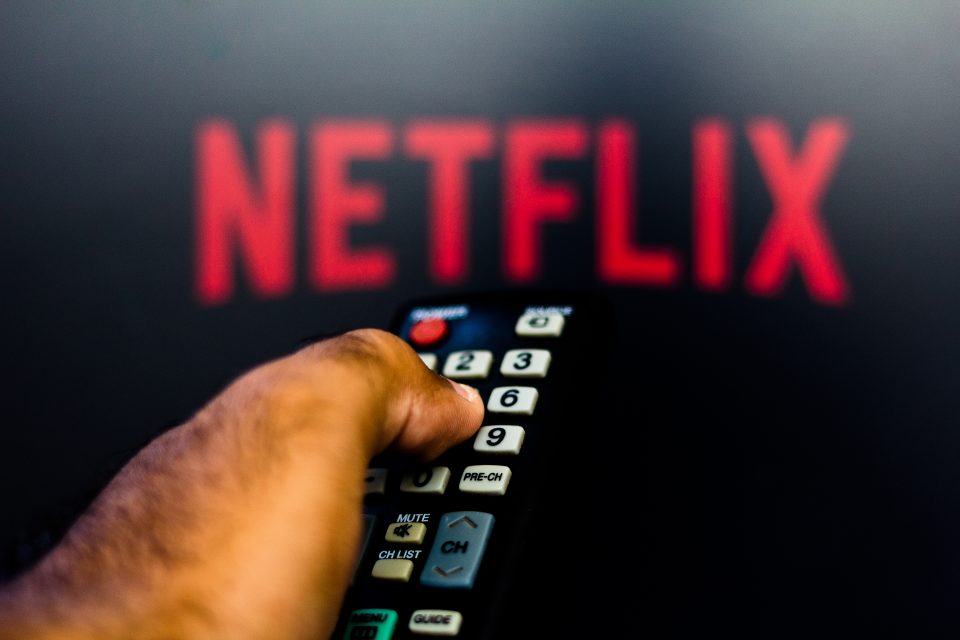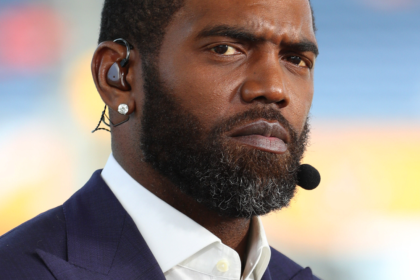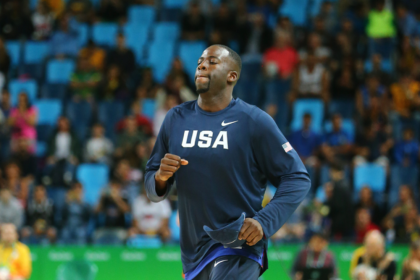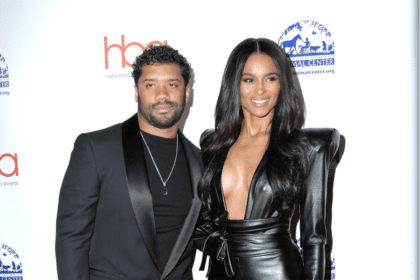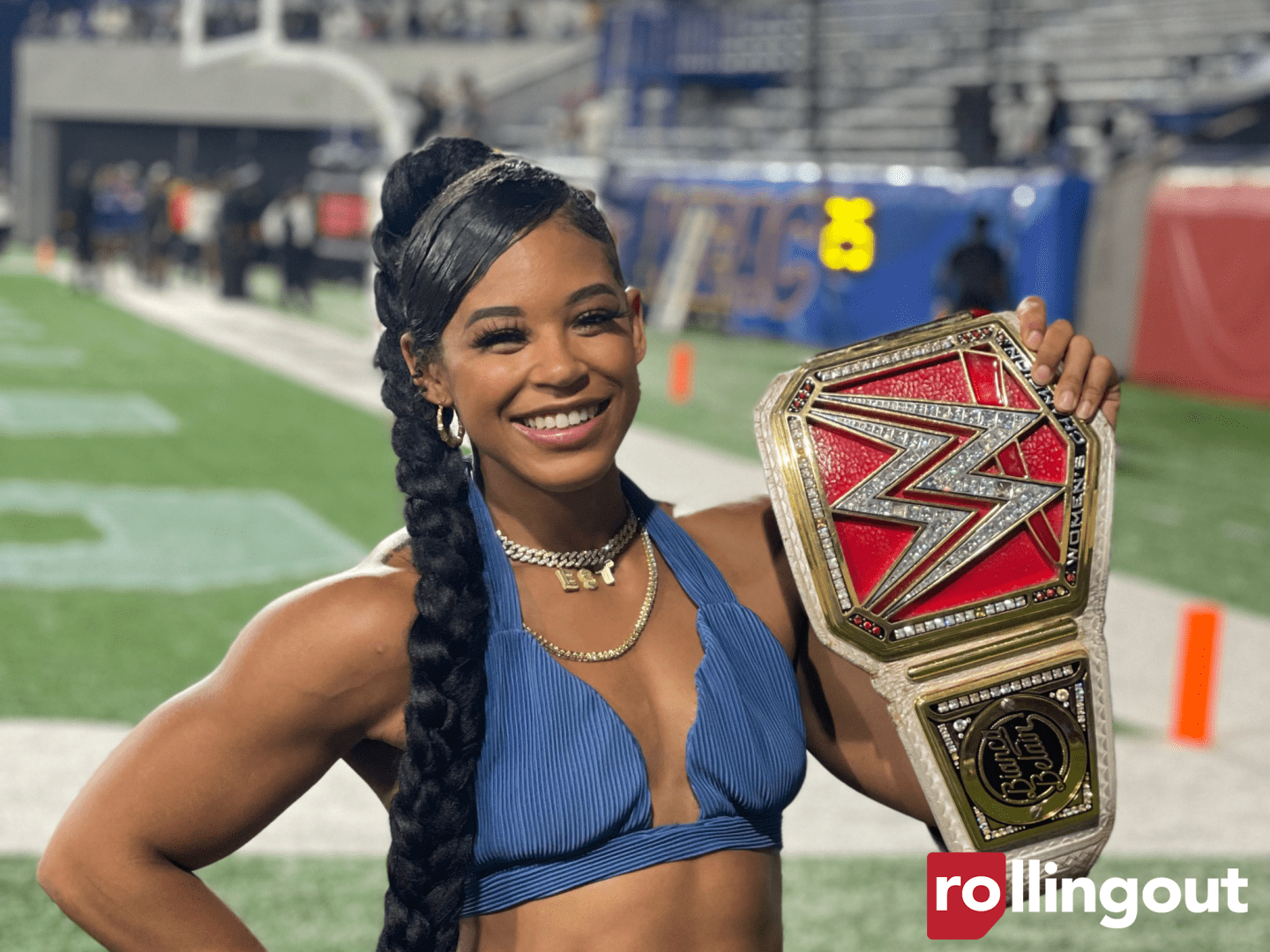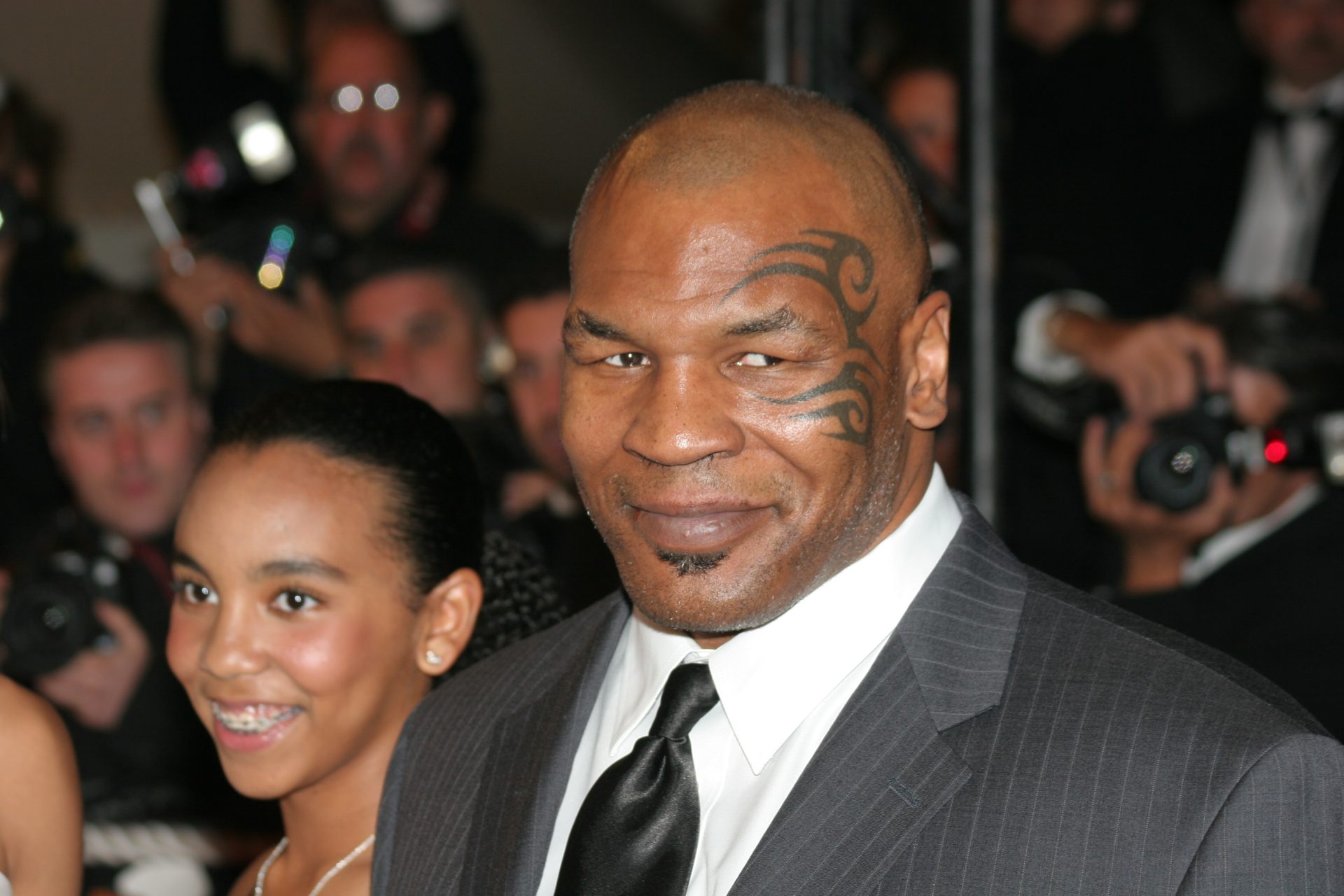Let’s talk about what just happened on Christmas Day. Netflix didn’t just dip its toe into NFL broadcasting – it cannon-balled into the deep end and absolutely nailed it. While most new broadcasters fumble their first attempt at live sports (we’re looking at you, previous streaming disasters), Netflix showed up like it’s been doing this for decades.
The shocking success of streaming football
Remember all those times streaming services messed up live sports? Well, Netflix said “not today.” The broadcast ran smoother than your favorite binge-worthy series. No buffering circles, no sudden quality drops, just pure football goodness streaming straight to your device. The only thing slightly off was a scorebug that wasn’t perfectly centered – but honestly, if that’s the biggest problem, we’re calling this a massive win.
How Netflix turned Christmas into the next Thanksgiving
Football on Thanksgiving is great, but Netflix just made Christmas Day games feel like the Super Bowl. With Beyoncé crushing the halftime show (because who else?), this wasn’t just another game – it was an event. The Houston Texans might have dropped the ball in the nightcap, but Netflix’s production stayed strong throughout.
The details that made this broadcast feel premium
Traditional TV networks have had decades to perfect their game broadcasts, but Netflix walked in and matched them day one. The announcing teams clicked like they’d been working together for years. The studio shows felt polished. Even the commercials felt less annoying somehow. It was like watching a masterclass in sports broadcasting.
When streaming met football and made magic
Here’s what made this different: Netflix didn’t try to reinvent football broadcasting – they just made it better. Every element felt familiar enough to keep sports purists happy but modern enough to attract new viewers. The production quality was through the roof, making other streaming sports events look like amateur hour.
The future of sports just changed forever
Think about it: if Netflix can nail NFL games this well, what’s stopping them from streaming a Super Bowl? The platform proved it can handle big-time sports moments without breaking a sweat. With WWE coming to Netflix next month, we’re watching the future of sports entertainment unfold in real time.
Game day but make it streaming
The way we watch sports is changing, and Netflix just showed us what that future looks like. Traditional TV networks might be sweating right now because this broadcast didn’t just match their standard – it raised the bar. When you can get this kind of quality through streaming, why would you ever go back to cable?
What happens next could change everything
Netflix didn’t just broadcast a football game – they created a blueprint for the future of sports viewing. They proved that streaming platforms can handle major sports events, assemble top-tier talent, and deliver a viewing experience that rivals or exceeds traditional television. As they prepare to tackle more live sports content, one thing’s clear: the game has changed, and there’s no going back.
What’s next for Netflix’s sports takeover
Beyond just nailing the technical aspects, Netflix proved they understand what modern sports fans want. The broadcast felt fresh while respecting football traditions. They managed to create a perfect balance between innovation and familiarity, showing traditional broadcasters that there’s room for improvement in how we experience sports.
When celebrities meet sports streaming
Netflix’s ability to attract A-list talent like Beyoncé for the halftime show demonstrated another major advantage. Their entertainment connections could transform every game into a cultural moment. Imagine future broadcasts where top celebrities regularly appear, creating must-watch moments that extend beyond just the game itself.
The global game plan revealed
What’s particularly interesting about Netflix’s approach is their global vision. While the NFL broadcast was primarily focused on the U.S. market, the streaming giant’s infrastructure is already set up for worldwide distribution. This means future sports broadcasts could reach international audiences more effectively than ever before, potentially transforming how global sports fandom develops.
Breaking down the broadcast brilliance
The technical excellence wasn’t just about smooth streaming. The camera work, replay angles, and overall production values matched or exceeded what we’ve come to expect from networks that have been doing this for decades. The commentary teams felt fresh yet professional, offering insights that appealed to both casual viewers and die-hard fans.
The commercial revolution
Perhaps one of the most surprising aspects was how Netflix handled advertising. The commercial breaks felt less intrusive than traditional broadcasts, possibly due to better timing and integration. This could signal a new approach to sports advertising that better respects the viewer’s experience while still serving advertisers’ needs.
The social media impact
Netflix’s broadcast also sparked massive social media engagement. The conversation wasn’t just about the games – people were talking about the quality of the broadcast itself. This organic buzz created additional value for both Netflix and the NFL, proving that streaming platforms can generate the same cultural impact as traditional broadcasts.
Breaking new ground in sports technology
The broadcast showcased several technological innovations that could become standard for future sports coverage. From enhanced statistical overlays to improved replay technology, Netflix demonstrated that streaming platforms can push the boundaries of how we consume sports content.
The streaming wars’ new battlefield
This successful debut has implications beyond just Netflix and the NFL. Other streaming services will likely accelerate their plans to acquire sports rights, potentially reshaping the entire sports broadcasting landscape. The success of this broadcast proved that streaming platforms are more than capable of handling major sporting events.
Learning from past streaming struggles
Netflix clearly learned from other platforms’ mistakes with live sports. They avoided the common pitfalls that have plagued previous streaming sports broadcasts, like bandwidth issues during peak viewing times or synchronization problems between video and audio. This attention to detail set a new standard for live sports streaming.
The viewer feedback revolution
Early viewer feedback was overwhelmingly positive, with many praising the stream quality and overall production value. This positive reception suggests that audiences are ready to embrace streaming as their primary method of watching sports, as long as the quality meets their expectations.
As we look to the future, Netflix’s successful NFL debut could mark the beginning of a new era in sports broadcasting. They’ve proven that streaming platforms can not only match traditional broadcasters but potentially surpass them in terms of quality and viewer experience. With more sports rights coming up for renewal in the coming years, this successful broadcast could influence how leagues think about their future media partnerships.
The message is clear: the future of sports broadcasting isn’t just about who has the rights – it’s about who can deliver the best experience to fans. Netflix has shown they’re more than capable of rising to that challenge, setting the stage for what could be a revolutionary period in how we watch sports.
Traditional broadcasters will need to innovate quickly if they want to keep up with this new standard. The game has changed, and Netflix just showed everyone what the future of sports broadcasting looks like. The only question remaining is: who will step up to match this new standard?

